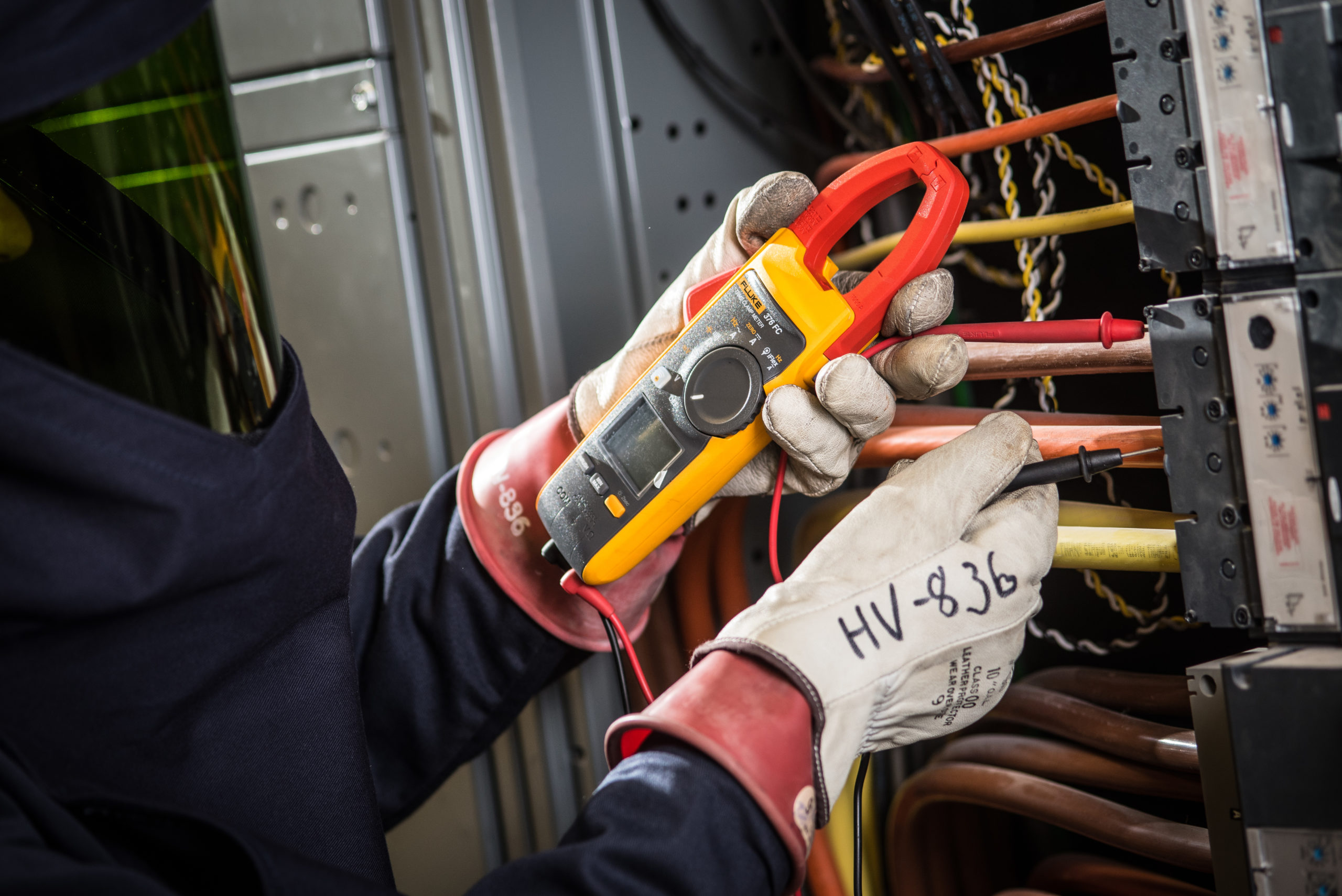11.16.2021
Voltage Testing Ensures Safety
 Electricians learn early on in our careers that we are to perform absence of voltage testing anytime we are working on an electrical circuit. Why do we do this? This test ensures that voltage is absent and gives us the peace of mind to be able to execute our work on a circuit or piece of electrical equipment without receiving an electrical shock.
Electricians learn early on in our careers that we are to perform absence of voltage testing anytime we are working on an electrical circuit. Why do we do this? This test ensures that voltage is absent and gives us the peace of mind to be able to execute our work on a circuit or piece of electrical equipment without receiving an electrical shock.
There are several types of voltage testing equipment on the market, and it’s important to know and utilize the best testing tool for each situation. For 600 volt and less electrical systems, there are four categories of electrical testing equipment:
- Category I — Electronic equipment. These testers should only be utilized on electronic equipment such as TVs, computers, monitors, etc.
- Category II — Single-phase receptacle loads. These testers should only be utilized on appliances, portable tools, outlets and branch circuits.
- Category III — 3-phase distribution. These testers are utilized in commercial and industrial settings.
- Category IV — Utility connections. These testers are utilized while executing work at utility connection points.
It’s extremely important to ensure that we are working with the appropriate testing device for the circuit involved. Category I testing equipment should never be utilized for performing tests on Category II and above. Risks involved include testing equipment failure as well as potential injury to the individual performing the test. It is recommended that electricians carry a multi-meter that gives Category III protection at 1000 volts, and Category IV protection at 600 volts.
It’s also important to select the proper meter for every voltage class. The electrical testing equipment noted above is only utilized on circuits of 600 volts and less. Anytime electricians are working on higher voltages, they need a testing device that is robust enough to withstand the voltage class. Utilizing a 600-volt digital multi-meter on a 2300 volt or 4160 circuit will lead to an arc flash due to the meter not being able to withstand the voltage and will create a line-to-line fault. Fortunately, there are a wide range of medium- to high-voltage testers available.
When performing these absence of voltage tests, electricians need to use testing equipment that has a metal-to-metal contact with the electrical circuit or electrical equipment. Tic tracers and non-contact testers do not provide the level of accuracy that is needed to protect individuals from a potential shock.
The absence of voltage test is one of the most important steps that electricians can take to protect themselves from encountering live electrical equipment. This test should always be completed before executing work on an electrical system and should never be overlooked.
If there is ever a doubt about having the right testing tool or how to perform the test, please stop and look to a more experienced electrician to ensure you have the correct tool and skills. Your life depends on it!
If you enjoyed this blog article, please subscribe to stay up to date on the latest industry news from our experts at Faith Technologies.




